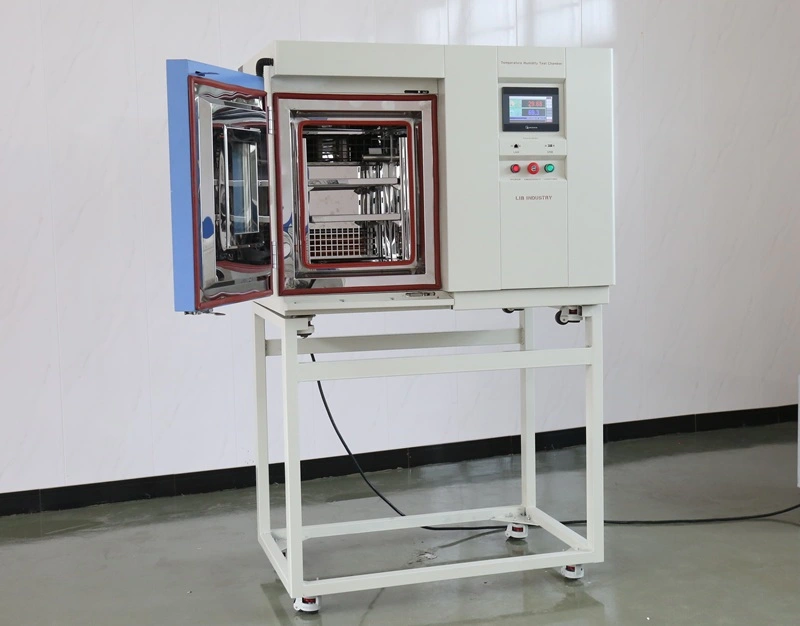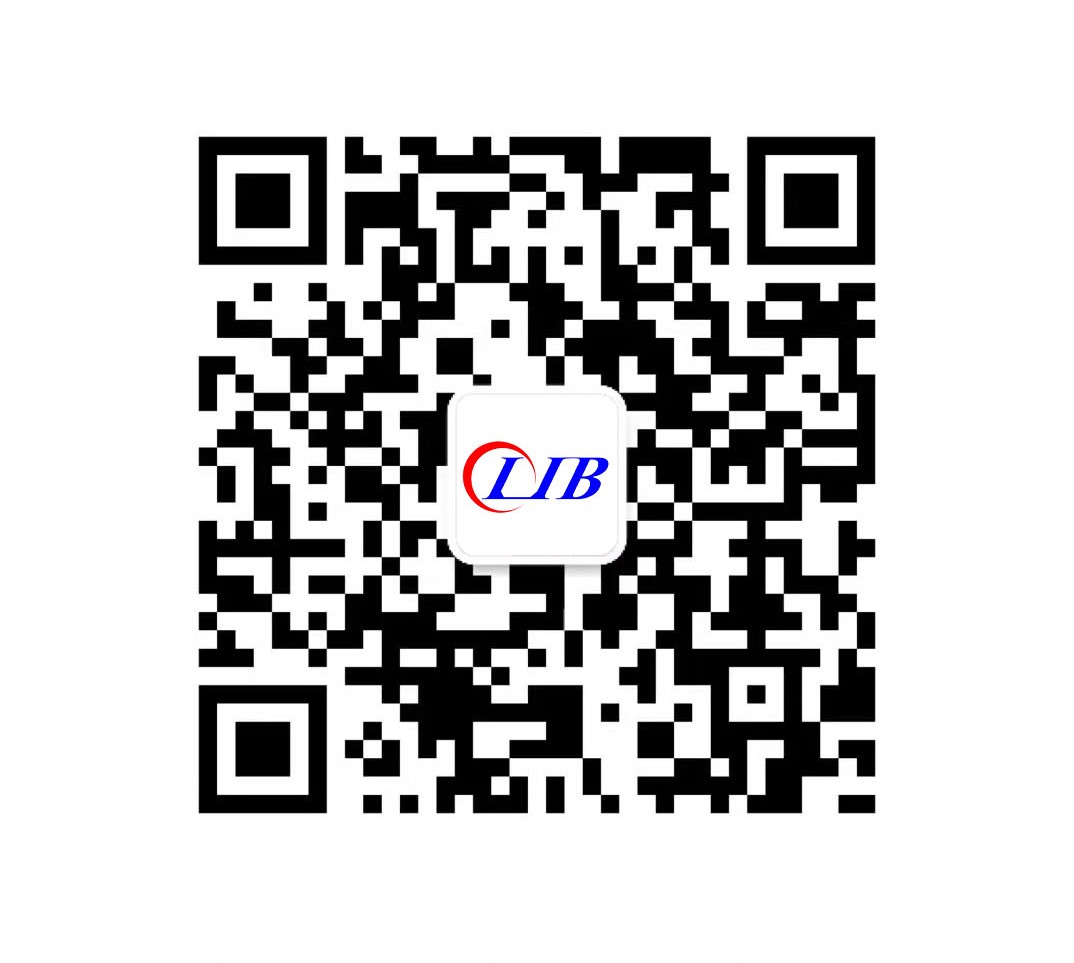How to Select the Best Calibration Chamber for Temperature Sensors?
How to Select the Best Calibration Chamber for Temperature Sensors?
Selecting the right temperature calibration chamber requires careful evaluation of technical specifications, operational requirements, and long-term reliability. The ideal chamber combines precise temperature control, excellent uniformity, and appropriate sensor compatibility to deliver accurate calibration results. Consider your specific application needs - whether electronics, pharmaceuticals, aerospace, or research - alongside essential features like programmable controls, safety mechanisms, and compliance with international standards. Budget constraints, available space, and manufacturer support also play crucial roles in making an informed decision that ensures measurement accuracy and operational

efficiency.
What Factors Define a High-Performance Calibration Chamber?
Precision Control Systems
High-performance chambers incorporate advanced control systems that maintain temperature accuracy within tight tolerances. Modern programmable touchscreen controllers with Ethernet connectivity enable real-time monitoring and data logging. The PT-100 Class A sensor technology detects temperature changes at 0.001-degree precision, ensuring reliable measurements throughout the calibration process. These sophisticated systems eliminate manual errors and provide consistent performance across extended operational periods.
Chamber Construction Quality
Superior construction directly impacts calibration accuracy and longevity. Quality chambers utilize SUS304 stainless steel interiors resistant to corrosion and contamination. Polyurethane foam combined with insulation cotton provides excellent thermal retention, minimizing external temperature influences. Double-layer thermostability silicone rubber sealing around observation windows prevents heat leakage while maintaining visibility during testing procedures.
Mechanical Refrigeration Efficiency
Environmental-friendly refrigeration systems using TECUMSEH compressors deliver rapid cooling rates up to 3°C per minute. Efficient refrigeration cycles enable quick temperature transitions between calibration points, reducing overall testing time. Refrigerant high-pressure protection and over-current safety devices prevent equipment damage during intensive operations, extending the temperature calibration chamber's operational lifespan while maintaining consistent performance.
Evaluating Temperature Range, Stability, and Uniformity
Understanding Required Temperature Span
Different applications demand specific temperature ranges. Basic calibration needs might require -20°C to +150°C, while specialized aerospace or cryogenic applications necessitate extremes reaching -70°C. Selecting chambers with appropriate range prevents unnecessary investment in excessive capabilities. Consider both current requirements and potential future applications when determining the optimal temperature span for your facility.
Temperature Stability Metrics
Temperature fluctuation represents short-term variations around the setpoint, typically measured as ±0.5°C in quality chambers. Stability affects calibration uncertainty calculations and determines confidence levels in measurement results. Chambers with minimal fluctuation reduce calibration time and improve repeatability. Deviation measurements of ±2.0°C across the working volume indicate acceptable uniformity for most industrial calibration applications.
Performance Parameter | Specification | Impact on Calibration |
Temperature Fluctuation | ±0.5°C | Short-term stability |
Temperature Deviation | ±2.0°C | Spatial uniformity |
Cooling Rate | 3°C/min | Efficiency |
Heating Rate | 1°C/min | Process speed |
Spatial Uniformity Assessment
Temperature uniformity throughout the working volume determines calibration quality. Centrifugal wind fans ensure consistent air circulation, eliminating hot or cold spots. Adjustable shelving promotes optimal airflow around sensors during calibration. Chambers should demonstrate uniform temperature distribution documented through standardized mapping procedures, confirming suitability for multi-point calibration workflows.
Sensor Compatibility and Mounting Configurations
Platinum Resistance Thermometer Integration
PT100 sensors remain the industry standard for temperature calibration due to excellent linearity and stability. Chamber designs incorporating PTR Platinum Resistance PT100Ω/MV A-class sensors provide reference-grade accuracy. Verify compatibility between your existing sensor types and chamber interface options. Some applications require simultaneous calibration of multiple sensor formats, necessitating versatile mounting solutions.
Thermocouple Accommodation
Many industrial processes employ thermocouples for temperature measurement. Temperature calibration chambers must accommodate various thermocouple types - K, J, T, E, and others - with appropriate connection terminals. Cable holes with adjustable plugs facilitate external connections while maintaining chamber integrity. Standard configurations typically include 50mm diameter cable ports suitable for most instrumentation wiring requirements.
Custom Mounting Solutions
Removable and adjustable shelving allows flexible sensor positioning within the chamber. Applications involving large sensors or multiple simultaneous calibrations benefit from customizable rack systems. Mounting configurations should prevent mutual interference between sensors while ensuring adequate exposure to controlled atmosphere. Consult manufacturers about specialized fixtures matching your specific calibration protocols and sensor geometries.
Calibration Standards: ISO/IEC 17025 and ITS-90 Compliance
ISO/IEC 17025 Requirements
Accredited calibration laboratories must demonstrate competence through ISO/IEC 17025 compliance. Temperature chambers supporting accreditation require documented traceability, measurement uncertainty calculations, and environmental monitoring capabilities. Equipment qualification protocols include installation qualification, operational qualification, and performance qualification. Chambers with integrated data logging and network connectivity simplify documentation requirements for audit trails.
International Temperature Scale Alignment
The International Temperature Scale of 1990 (ITS-90) defines modern temperature measurement standards. Calibration chambers must achieve reference points traceable to national metrology institutes. Fixed-point cells or certified reference thermometers establish traceability chains. Understanding ITS-90 requirements ensures calibration results gain international recognition and acceptance across borders and industries.
Standard | Application Scope | Key Requirements |
ISO/IEC 17025 | Laboratory competence | Traceability, documentation, quality management |
ITS-90 | Temperature definition | Reference points, measurement hierarchy |
NIST Guidelines | US traceability | Calibration procedures, uncertainty analysis |
Documentation and Validation
Comprehensive validation packages should accompany chamber purchases. Temperature mapping reports, uncertainty budgets, and calibration certificates demonstrate performance compliance. Regular recalibration intervals - typically annually - maintain accuracy over time. Manufacturers providing validation services streamline compliance processes and reduce operational burdens on calibration laboratories.
Comparing Manual and Automated Calibration Systems
Manual Calibration Advantages
Manual systems offer flexibility and lower initial investment costs. Operators control temperature setpoints directly through touchscreen interfaces, adjusting parameters based on real-time observations. This approach suits laboratories performing occasional calibrations or requiring customized test protocols. Manual operation develops operator expertise and provides intimate understanding of chamber characteristics and sensor behavior.
Automated System Benefits
Automated calibration systems execute preprogrammed sequences with minimal supervision. Programmable controllers cycle through multiple temperature points, recording data automatically. Automation reduces human error, increases throughput, and enables overnight operations. Network connectivity allows remote monitoring and control through computer interfaces. Laboratories processing high volumes benefit significantly from automation investments despite higher upfront costs.
Hybrid Approaches
Many modern temperature calibration chambers combine manual flexibility with automated capabilities. Operators can switch between modes depending on application requirements. Stored programs handle routine calibrations while manual override accommodates specialized tests. This versatility maximizes equipment utilization across diverse calibration portfolios. Evaluate workflow patterns when selecting between pure manual, automated, or hybrid configurations.
Choosing Reliable Manufacturers and After-Sales Support
Manufacturer Reputation Assessment
Established manufacturers demonstrate proven track records through customer testimonials and industry presence. Research company history, technical expertise, and quality certifications. Manufacturers specializing in environmental testing equipment typically offer deeper knowledge than generalist suppliers. Review case studies showing successful installations in applications similar to yours, validating manufacturer capabilities.
Technical Support Infrastructure
Comprehensive technical support extends beyond initial installation. Responsive customer service teams address operational questions and troubleshooting needs. Manufacturers should provide detailed operation manuals, maintenance schedules, and spare parts availability information. Training programs for operators and maintenance personnel ensure optimal equipment utilization and longevity. Verify support availability during your operational hours.
Warranty and Service Agreements
Standard warranties typically cover one year from installation, protecting against manufacturing defects. Extended service agreements provide peace of mind for critical applications. Clarify coverage details including parts, labor, and response times. On-site service capability proves valuable for complex repairs requiring specialized knowledge. Compare warranty terms across manufacturers when evaluating similar equipment specifications.
Support Aspect | Evaluation Criteria | Business Impact |
Technical Assistance | Response time, expertise depth | Minimizes downtime |
Spare Parts | Availability, delivery speed | Operational continuity |
Training | Comprehensiveness, accessibility | Performance optimization |
Warranty Coverage | Duration, inclusions | Cost management |
LIB Industry Temperature Calibration Chamber: Optimal Sensor Testing Choice
Product Range Overview
LIB Industry offers comprehensive temperature calibration solutions spanning 100L to 1000L internal volumes. Models accommodate diverse laboratory space constraints while providing consistent performance characteristics. Temperature ranges from -20°C to -70°C lower limits support applications from general industrial calibration to specialized cryogenic requirements. The 1000W heat load capacity handles substantial thermal demands during intensive testing protocols.
Advanced Control Technology
Programmable color LCD touchscreen controllers simplify operation through intuitive interfaces. Ethernet connectivity enables seamless integration into laboratory management systems and remote monitoring platforms. PC Link functionality supports data export for analysis and reporting requirements. Real-time temperature tracking with PT-100 Class A sensors ensures calibration accuracy meeting stringent metrology standards across all operational conditions.
Safety and Reliability Features
Comprehensive safety systems protect equipment and personnel during operations. Over-temperature protection prevents thermal runaway conditions, while earth leakage protection guards against electrical hazards. Refrigerant high-pressure monitoring prevents compressor damage during extreme cooling demands. These integrated safety mechanisms reduce maintenance requirements and extend operational lifespan, maximizing return on investment for calibration facilities.
Customization Capabilities
LIB Industry provides turn-key solutions encompassing design, production, commissioning, installation, and training. Custom configurations address unique application requirements beyond standard specifications. Technical consultation services help laboratories optimize chamber selection for specific calibration portfolios. This comprehensive approach ensures equipment perfectly matches operational needs while meeting budget constraints and space limitations.
Conclusion
Selecting the optimal temperature calibration chamber demands thorough evaluation of technical specifications, operational requirements, and manufacturer support. Prioritize chambers offering appropriate temperature range, excellent stability, and sensor compatibility matching your calibration portfolio. Ensure compliance with relevant standards while balancing manual flexibility against automation benefits. Partner with experienced manufacturers providing comprehensive support throughout equipment lifecycle. Investing time in proper selection yields accurate calibrations, operational efficiency, and long-term reliability supporting quality measurement programs.
FAQs
What temperature range should I select for general industrial sensor calibration?
Most industrial applications require -20°C to +150°C range, covering typical process measurement needs. Specialized applications like aerospace or cryogenics may necessitate extended ranges to -70°C. Evaluate your current sensor inventory and anticipated future requirements before finalizing specifications.
How often should temperature calibration chambers undergo recalibration?
Annual recalibration intervals satisfy most quality system requirements and maintain ISO/IEC 17025 accreditation. Critical applications or extreme environmental conditions may warrant semi-annual verification. Consult your quality management procedures and regulatory requirements for specific guidance.
Can automated calibration systems accommodate different sensor types simultaneously?
Advanced automated systems support multiple sensor types through programmable configurations and versatile mounting solutions. Chambers with adequate internal volume and flexible cabling provisions enable concurrent calibration of diverse sensors. Confirm compatibility specifications with manufacturers matching your multi-sensor calibration protocols.
Ready to enhance your temperature calibration capabilities? LIB Industry, a leading temperature calibration chamber manufacturer and supplier, delivers precision environmental testing solutions worldwide.
Contact our technical team Today.



